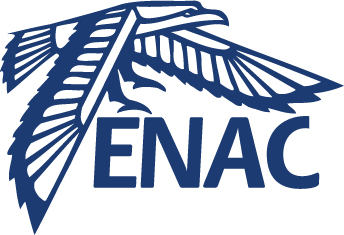Multi-Constellation RAIM in the Presence of Multiple Faults-a Bottom Up Approach
Résumé
Receiver Autonomous Integrity Monitoring (RAIM) was originally proposed to identify potential faults by consistency checking of redundant measurements in one constellation (i.e. GPS). The limited number of visible satellites imposes constraints on the specification of RAIM algorithms, for example, assuming a single fault. As faults induced by local environments could be present in multiple measurements, the limited number of visible satellites from a single constellation makes it impossible to exclude multiple faults where the requirement for availability is the dominant factor. The availability of multiple constellations including GLONASS and in the future Compass and Galileo offer the opportunity to consider the detection and exclusion of multiple faults. The probability of multiple faults originating from the space and control segments is low. However, it is higher in the case of multiple faults that originate from the user segment due to local environment induced error sources including signal shadowing, Non-Line Of Sight (NLOS), multipath and radio interference. A Top-Down Approach (TDA) is currently employed to deal with multiple faults in multiple constellations. All the measurements are used together or grouped by constellation. In the first approach, if any faults are detected, a data snooping method is used for exclusion. In the presence of multiple faults, this method is time consuming and is therefore, not suitable for real time applications. The second approach is effective if one constellation has multiple faults while the other has only single fault. The availability of this approach is subject to RAIM availability in each constellation. This paper analyses multiple failures modes originating from the user segment and their impact on signal quality. A signal quality model is derived and characterized with the data from an IGS (International GNSS Service) station. On the basis of this model, a group separation approach is applied to exclude a group of measurements. A RAIM type fault detection is then applied to the remaining measurements, and if and a fault is detected, then a Bottom Up Approach (BUA) is employed. The idea of the BUA is to select a minimum number of measurements that have the best quality. If these measurements cannot pass the RAIM test, an integrity alert is raised. If these measurements pass the test then the next best quality measurement is added. This process continues until the difference between two consecutive increments of the numbers of satellites is relatively small in terms of both geometry and residual errors. The results using GPS and GLONASS data from an IGS station with simulated faults have shown the effectiveness of the proposed method. This method has the potential to be extended for use with three or more constellations. Furthermore, when both Compass and Galileo are in full operation in the future, the BUA may also be transferred to the selection of best measurements when there is no need to use all available measurements.
